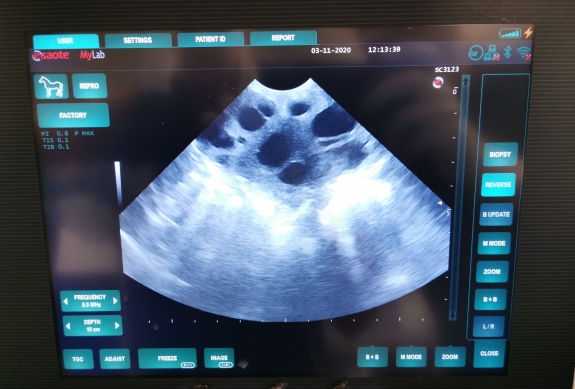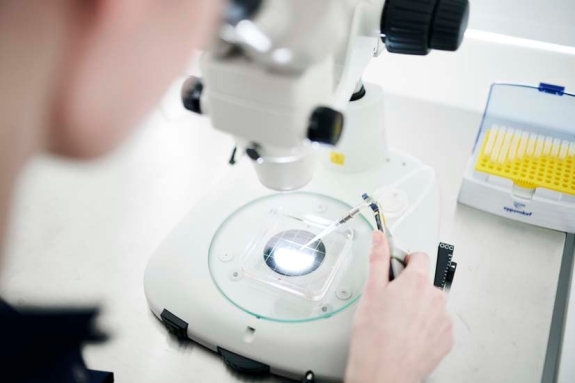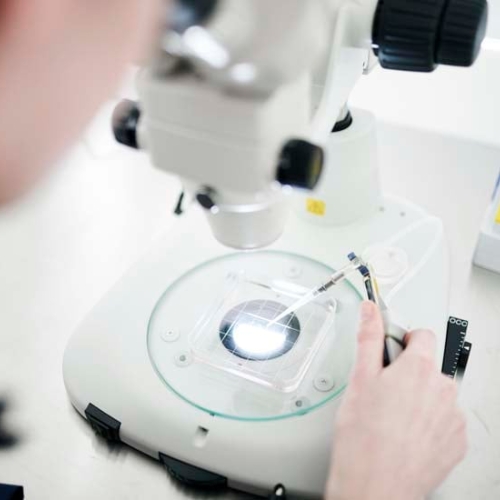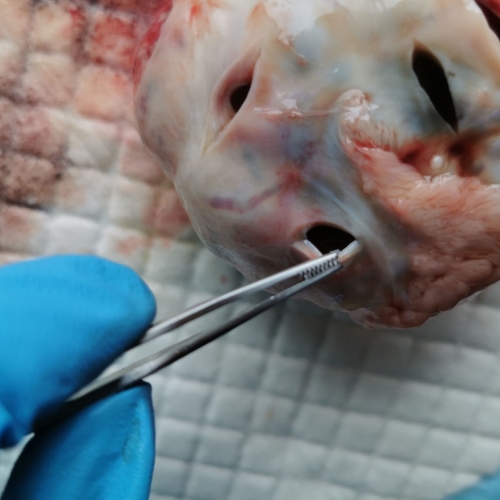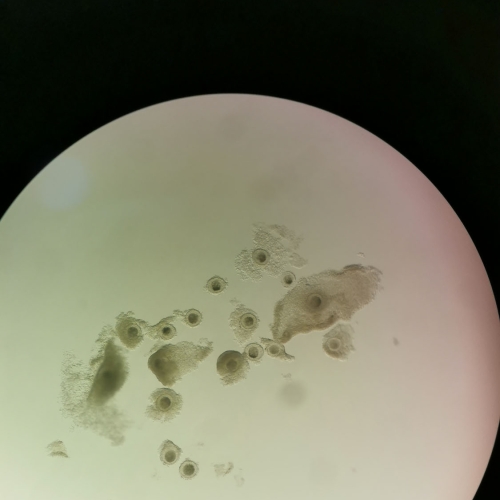If you are in the sad situation that your mare needs to be euthanized, or she dies acutely, we can offer one last chance to get an offspring from her, as it is possible to take the ovaries out after euthanasia, and collect and fertilize the oocytes.
Planned euthanasia can take place at VetEmbryo in Hellevad, or your own veterinarian can remove the ovaries. As soon as possible after euthanasia, the ovaries are removed and packed.
Proper packing and shipping of the ovaries is important for the success rate. You can find a link to our illustrated guide via the link below:
Click here to read our guide "how to remove the ovaries after euthanasia"
We offer various solutions:
- Planned euthanasia
- Planned euthanasia can either take place at VetEmbryo or at home with your own veterinarian.
- Acute euthanasia
- In case of an acute euthanasia, your own veterinarian can remove and pack the ovaries. The ovaries are then transported to VetEmbryo as fast as possible.
Planned euthanasia
If the euthanasia can be planned, and the mare’s health condition allows it, we recommend that the euthanasia takes place when the mare is in the middle of two oestrus cycles, and has a good number of follicles. The more follicles the mare has at the time of euthanasia, the greater the chance of one or more embryos and thus an offspring.
How is it performed?
When we receive the ovaries, we dissect them and each small follicle is scraped and rinsed. We examine the fluid from the follicles under a microscope. The number of oocytes varies and depends on the mare’s cycle stage, pregnancy, age, and possibly disease at the time of euthanasia.
The oocytes are then set to mature, and after 30 hours the matured oocytes can be fertilized with the desired sperm using ICSI. (You can read more about ICSI on this page).
Success rates after euthanasia
Many factors, such as the mare’s age, health status, number of oocytes, oocyte quality, and sperm quality, influence the success rate.
For non-acute cases (ex. aging, neurological conditions) with more than 15 oocytes recovered, the chance of getting one or embryos is around 65%. In cases of a life-threatening condition with an effect on the cardiovascular system, the chance of getting an embryo decreases to 40-50%.
When the embryo is transferred to a recipient, approximately 70% of these develop into a pregnancy. Statistically, there is therefore approximately a 30-40% chance of a foal.




